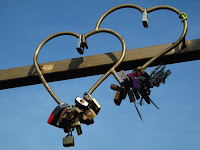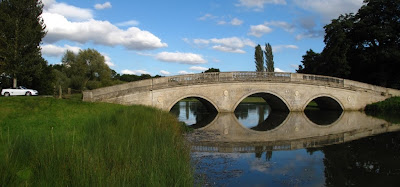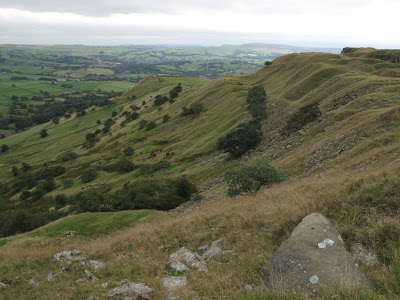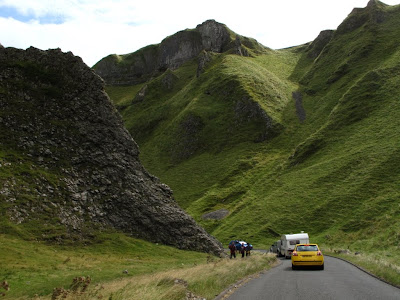 The airspace seemed busier than Heathrow as planes and helicopters ferried water from the bay to fight the fire; and our hosts were at pains to explain how we should leave Levanto to ensure we were not held up by traffic problems caused by the fire.
The airspace seemed busier than Heathrow as planes and helicopters ferried water from the bay to fight the fire; and our hosts were at pains to explain how we should leave Levanto to ensure we were not held up by traffic problems caused by the fire.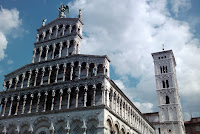 We managed to escape both the smoke and the traffic problems, discussing the destruction we had seen yesterday and the reports of fires in California, Spain, Greece and Australia and the seeming ease with which fires change course and trap motorists etc, as we headed southeast over the hills towards Lucca.
We managed to escape both the smoke and the traffic problems, discussing the destruction we had seen yesterday and the reports of fires in California, Spain, Greece and Australia and the seeming ease with which fires change course and trap motorists etc, as we headed southeast over the hills towards Lucca. Just off to the side of our route was Carrara, home of the white marble so we detoured for a quick look at the quarries and the seeming wholesale destruction of the mountainsides behind the town before resuming our route to Lucca.
Just off to the side of our route was Carrara, home of the white marble so we detoured for a quick look at the quarries and the seeming wholesale destruction of the mountainsides behind the town before resuming our route to Lucca.After a look around Lucca where we saw the workmen installing a few of the thousands of candles that were to be used in Sunday's procession of St Martin, we went over a pass and dropped down to the plains around Pisa. We had intended to visit Pisa on our last day of the trip but needed to buy a memory card so that we could use the phone as a standby camera since our fabulous new Canon had failed. So we detoured into Pisa and managed to locate a computer store and suitable memory card.
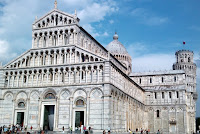 Since we were there, and it was sunny, it seemed foolish to drive away without checking out the tower. Thus we joined the throngs of tourists in the 'Square of Miracles' looking at the Duomo, the Baptistry and naturally, the famous Leaning Tower. Most of the tourists seemed to be taking the obligatory photo of their companion 'propping up' the tower, or 'pushing it over'.
Since we were there, and it was sunny, it seemed foolish to drive away without checking out the tower. Thus we joined the throngs of tourists in the 'Square of Miracles' looking at the Duomo, the Baptistry and naturally, the famous Leaning Tower. Most of the tourists seemed to be taking the obligatory photo of their companion 'propping up' the tower, or 'pushing it over'. So, now we had competed the circle, climbing one of the most famous buildings in the world clad with marble from the quarries we had been at in the morning. Climbing the tower is a weird mix of feelings as you circle the tower: some sections are overly steep and some, although you are ascending stairs, give the impression that you are 'climbing' downhill; all very odd.
So, now we had competed the circle, climbing one of the most famous buildings in the world clad with marble from the quarries we had been at in the morning. Climbing the tower is a weird mix of feelings as you circle the tower: some sections are overly steep and some, although you are ascending stairs, give the impression that you are 'climbing' downhill; all very odd.
Leaving Pisa we set off in the general direction off our next destination and stopped at Ponsacco where we eventually found what appeared to be the only hotel in town and a bed for the night and a highlight meal; Gnocchi with shrimps and orange; absolutely fabulous.


